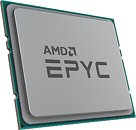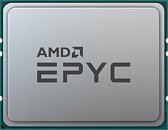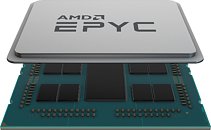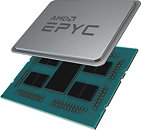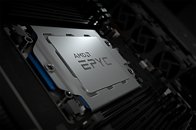
ZOTAC Expands Computing Hardware with GPU Server Product Line for the AI-Bound Future
ZOTAC Technology Limited, a global leader in innovative technology solutions, expands its product portfolio with the GPU Server Series. The first series of products in ZOTAC's Enterprise lineup offers organizations affordable and high-performance computing solutions for a wide range of demanding applications, from core-to-edge inferencing and data visualization to model training, HPC modeling, and simulation.
The ZOTAC series of GPU Servers comes in a diverse range of form factors and configurations, featuring both Tower Workstations and Rack Mount Servers, as well as both Intel and AMD processor configurations. With support for up to 10 GPUs, modular design for easier access to internal hardware, a high space-to-performance ratio, and industry-standard features like redundant power supplies and extensive cooling options, ZOTAC's enterprise solutions can ensure optimal performance and durability, even under sustained intense workloads.
The ZOTAC series of GPU Servers comes in a diverse range of form factors and configurations, featuring both Tower Workstations and Rack Mount Servers, as well as both Intel and AMD processor configurations. With support for up to 10 GPUs, modular design for easier access to internal hardware, a high space-to-performance ratio, and industry-standard features like redundant power supplies and extensive cooling options, ZOTAC's enterprise solutions can ensure optimal performance and durability, even under sustained intense workloads.







